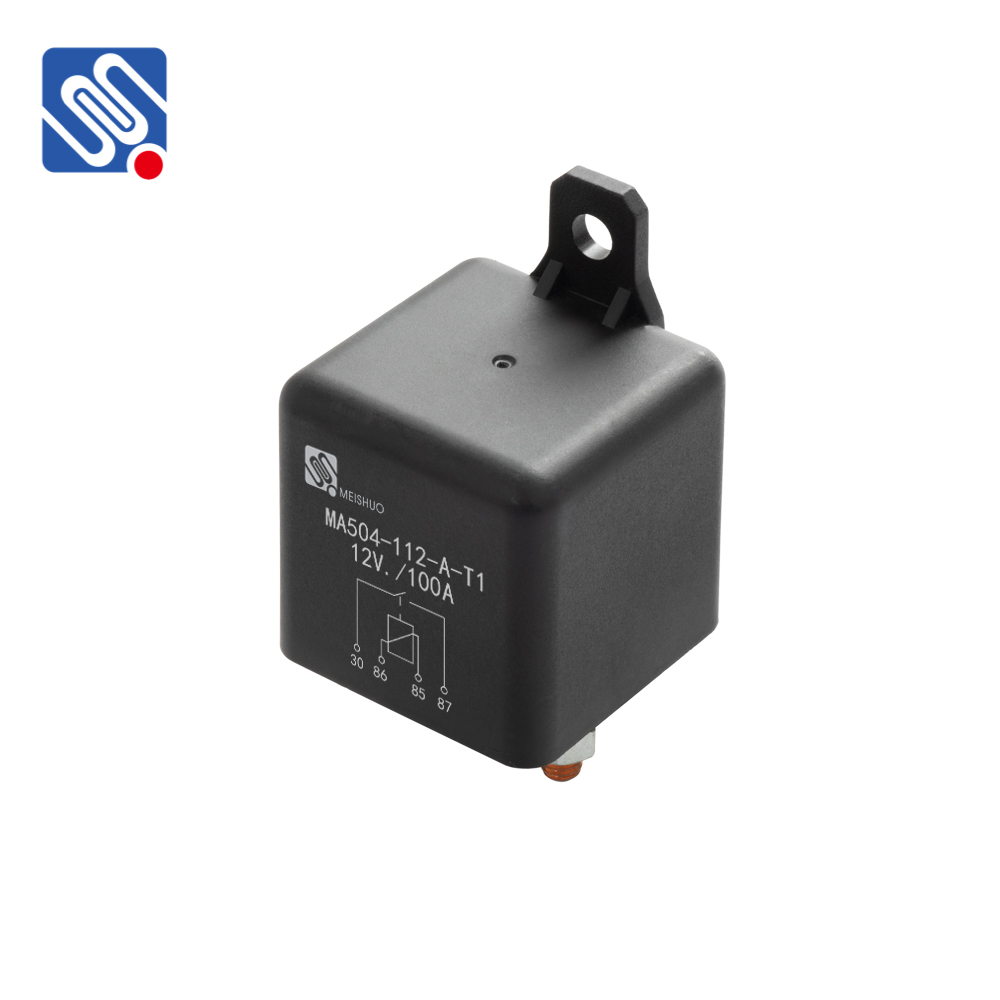Relay load plays a significant role in electrical control systems, enabling precise switching of devices and ensuring their safe operation. A relay, being an electromagnetic switch, is designed to control larger electrical loads with a small electrical current. This makes it an essential component in various applications, including industrial automation, home appliances, and automotive systems. Understanding how relay load functions and the importance of matching the right relay to a specific load is crucial for both the longevity and efficiency of electrical systems.

What is Relay Load? At its core, relay load refers to the electrical load controlled by the relay in a circuit. The relay itself is a low-power device, usually activated by a low current in the control circuit. However, once activated, it can switch on or off a much larger current in the load circuit. The load could be anything from a simple light bulb or motor to more complex machinery, and the relay essentially serves as the gatekeeper that controls whether the device is powered on or off. There are various types of loads that relays can handle, such as resistive, inductive, and capacitive. A resistive load, such as a heater or light bulb, has a straightforward relationship between voltage and current. Inductive loads, like motors, generate electromagnetic fields, which can cause a higher initial current when the load is powered on, making them more demanding on the relay. Capacitive loads, such as in some power supplies, can also impose unique challenges due to their reactive nature.